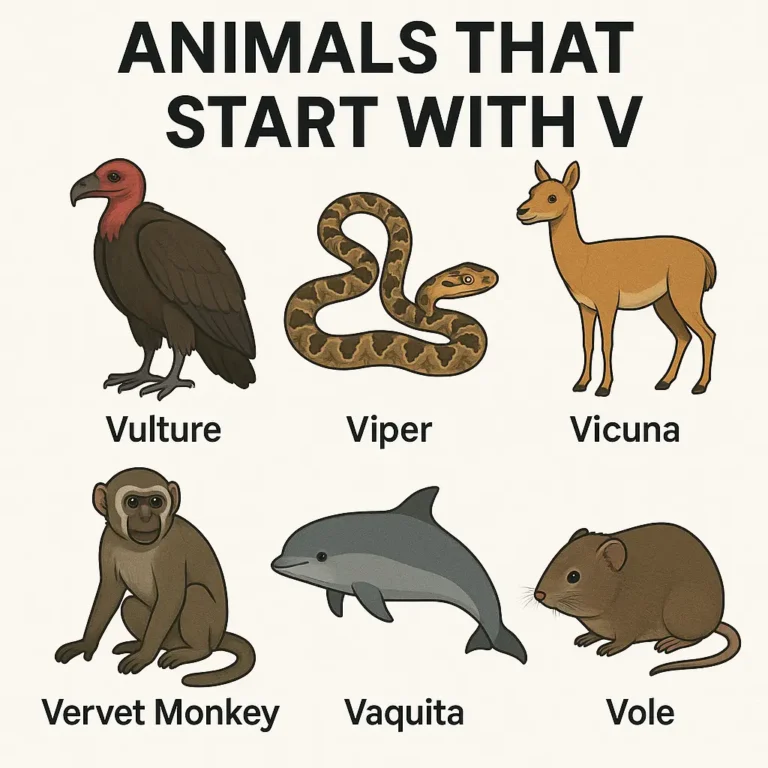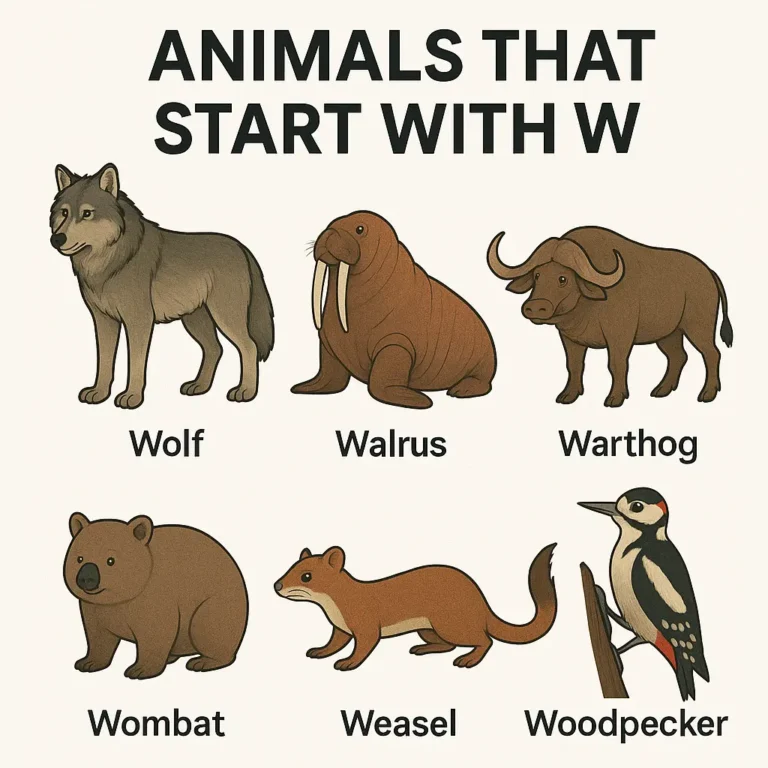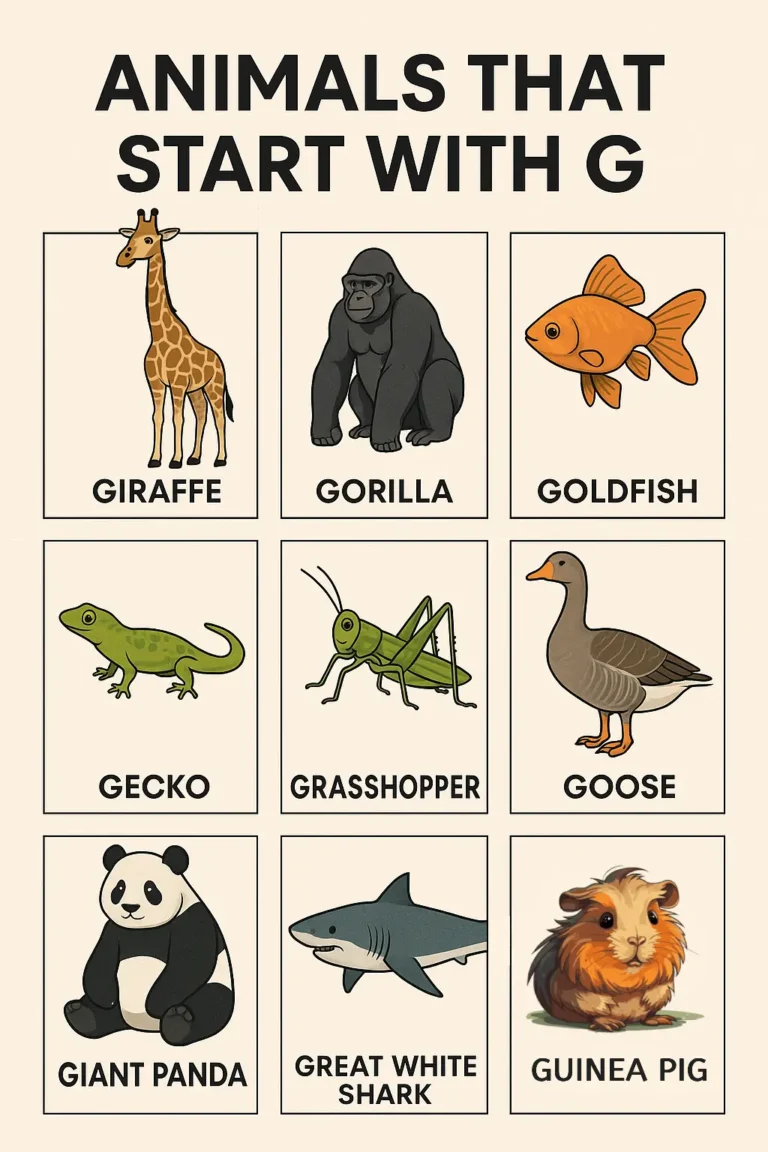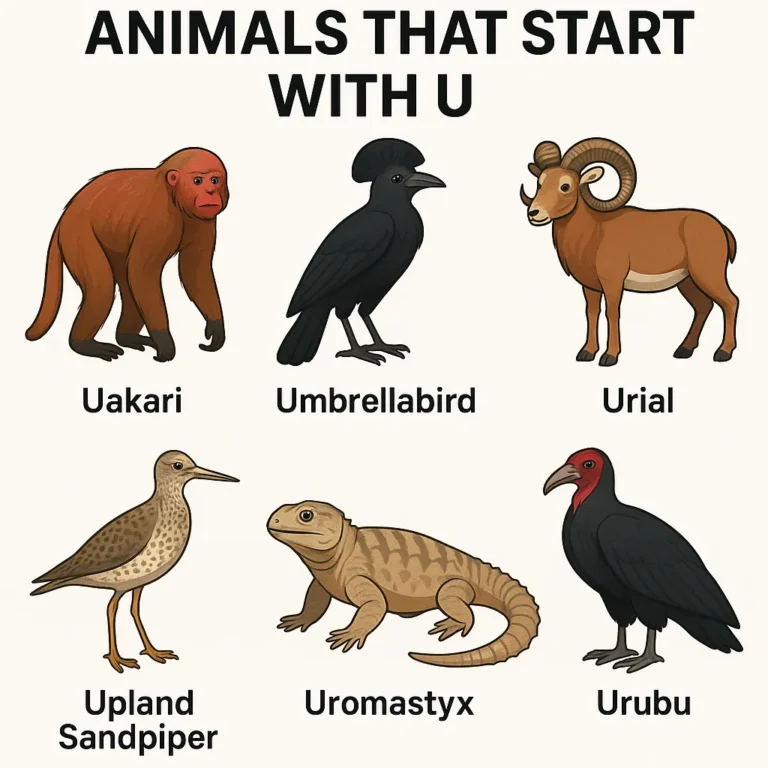Animals That Start With X | List & Examples
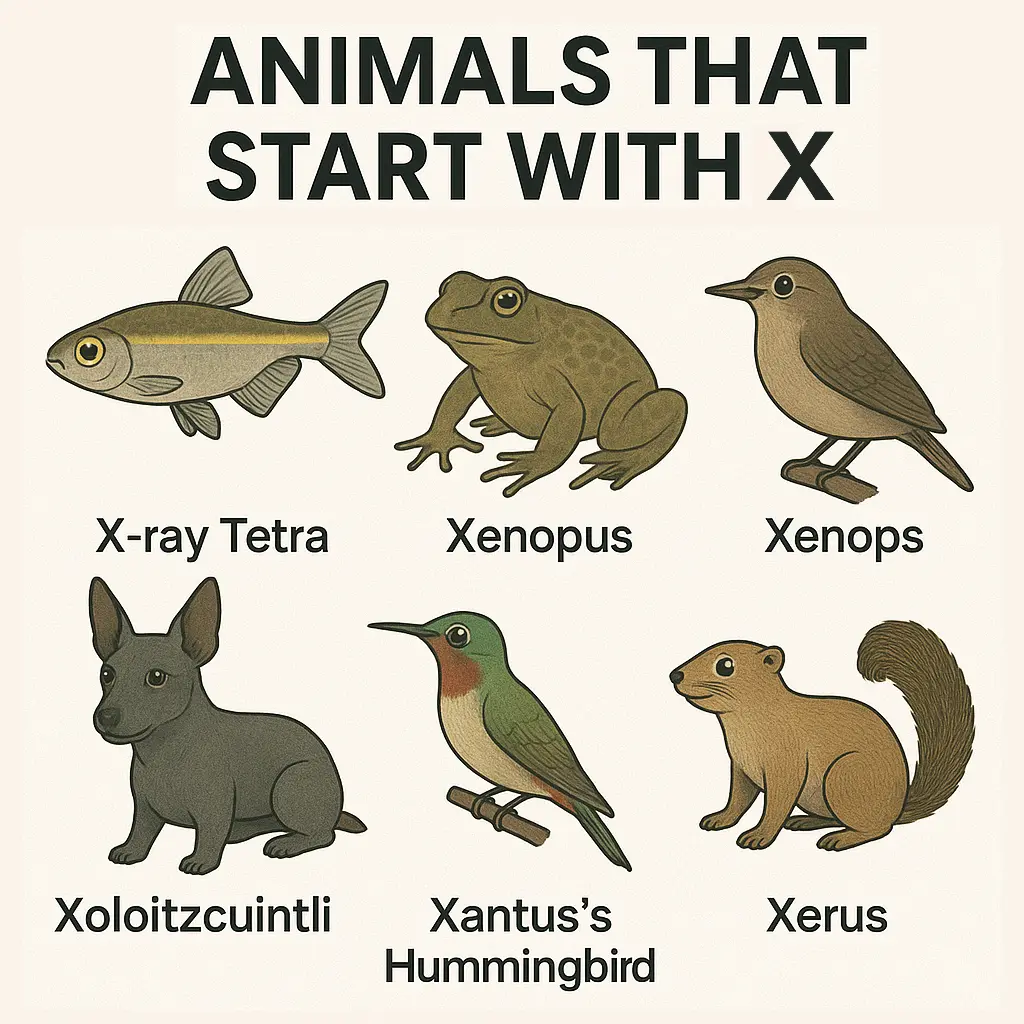
People often search for animal names by letter for word games, school projects, or simple curiosity. The letter X presents a unique challenge because fewer animal names begin with this letter compared to others. This article covers animals that start with the letter X, including both domestic and wild species from around the world.
Here’s the simple list of animals that start with X :
- Xoloitzcuintli
- X-ray Tetra
- Xerus
- Xenops
- Xantus’s Hummingbird
- Xantus’s Murrelet
- Xeme
- Xenarthra
- Xenopus
- Xiphias
- Xiphosura
- Xylocopa
- Xysticus
- Xantusia
- Xanthareel
- Xanthorhoe
- Xantusiidae
- Xenacanthus
- Xenoceratops
- Xenorhynchus
- Xestia
- Xiphactinus
- Xiphosaurus
- Xoloitzcuintle
- Xuthus
- Xanthocephalus
- Xanthogramma
- Xanthophyllum
- Xanthoura
- Xysticus cristatus
Check out the animals that start with the letter Y
Domestic Animal Names That Start With X
Here’s a list of domestic animals that start with X :
- Xoloitzcuintli
- Xoloitzcuintle (alternative spelling)
- Xolo (nickname for Xoloitzcuintli)
1. Xoloitzcuintli
The Xoloitzcuintli is a rare dog breed from Mexico. This animal that starts with X is also known as the Mexican Hairless Dog. The breed comes in three sizes: toy, miniature, and standard.
Most Xoloitzcuintlis have no hair, but some have a short coat. Their skin feels warm to the touch and can be black, gray, bronze, or red. These dogs were sacred to the Aztecs and served as companions and guards.
Today, Xoloitzcuintlis make loyal family pets. They are calm, quiet, and protective of their owners. The breed is still uncommon outside of Mexico, but dog lovers around the world appreciate their unique appearance and gentle nature.
The name “Xoloitzcuintli” comes from the Aztec god Xolotl and the Aztec word for dog, “itzcuintli.” People often call them “Xolo” for short because the full name is difficult to pronounce.
Wild Animal Names That Start With X
Here’s a list of wild animals that start with X :
- X-ray Tetra
- Xerus
- Xenops
- Xantus’s Hummingbird
- Xantus’s Murrelet
- Xeme
- Xenarthra
- Xenopus
- Xiphias
- Xiphosura
- Xylocopa
- Xysticus
- Xantusia
- Xenacanthus
- Xenoceratops
- Xenorhynchus
- Xiphactinus
- Xiphosaurus
2. X-ray Tetra
The X-ray Tetra is a small freshwater fish from South America. This animal with X gets its name from its transparent body that looks like an X-ray image. You can see the fish’s bones and organs through its clear skin.
X-ray Tetras live in rivers and streams in the Amazon Basin. They swim in groups called schools and eat small insects, worms, and plant matter. The fish grows to about 1.5 inches long and has a silver color with some yellow on its fins.
Aquarium owners around the world keep X-ray Tetras as pets. These fish are peaceful and easy to care for. They need warm water and do best when kept with other small, friendly fish.
The transparent body helps X-ray Tetras hide from predators in the wild. When light passes through their bodies, it makes them harder to see in the water.
3. Xerus
Xerus is a type of ground squirrel that lives in Africa. These wild animals that start with X are well-adapted to dry, desert environments. They have long tails and short legs that help them move quickly across sandy ground.
Four different species of Xerus exist, all living in different parts of Africa. They dig burrows in the ground where they sleep and raise their young. Xerus squirrels eat seeds, roots, and sometimes insects.
These squirrels are social animals that live in small groups. They communicate with each other through chirps and tail movements. During the hottest part of the day, they stay in their cool underground burrows.
Xerus squirrels can survive without drinking water for long periods. They get most of their water from the food they eat, which helps them live in very dry places.
4. Xenops
Xenops are small birds that live in Central and South America. These animals that start with the letter X belong to the ovenbird family. They have curved beaks that help them find insects hiding in tree bark.
Three species of Xenops exist: the Plain Xenops, the Streaked Xenops, and the Slender-billed Xenops. All species are brown with white markings and grow to about 5 inches long. They live in rainforests and spend most of their time in trees.
Xenops birds move up and down tree trunks searching for food. They eat insects, spiders, and small larvae that live under bark. Their strong feet help them grip onto tree surfaces while they search.
These birds build their nests in tree holes or old woodpecker holes. Both male and female Xenops help build the nest and care for their young. They are not common birds, but they play an important role in controlling insect populations in their forest homes.
5. Xantus’s Hummingbird
Xantus’s Hummingbird is a small bird that lives in Mexico. This animal that starts with X is named after John Xantus, a scientist who studied birds in the 1800s. The bird has green feathers on its back and white feathers on its belly.
Male Xantus’s Hummingbirds have a red bill with a black tip. Females have a black bill and are slightly larger than males. Both sexes have a distinctive white stripe behind their eyes.
These hummingbirds live in dry areas with cacti and desert plants. They feed on nectar from flowers and catch small insects for protein. Their fast wing beats allow them to hover in place while feeding.
Xantus’s Hummingbirds are found only in Baja California, Mexico. They are not migratory birds, meaning they stay in the same area all year long. The species is considered stable, but habitat loss could affect their numbers in the future.
6. Xantus’s Murrelet
Xantus’s Murrelet is a small seabird that lives along the Pacific coast. These wild animals that start with X spend most of their time on the ocean but come to shore to breed. They have black and white feathers and webbed feet for swimming.
These birds nest on islands off the coast of California and Mexico. They dig burrows in the ground or use natural rock crevices for their nests. Xantus’s Murrelets lay their eggs at night and are very secretive about their nesting sites.
The birds feed on small fish and squid that they catch by diving underwater. They can swim deep beneath the surface using their wings to propel themselves. Their diet consists mainly of anchovies and other small schooling fish.
Xantus’s Murrelets are considered a threatened species. Human activities on their nesting islands and pollution in the ocean have reduced their numbers. Conservation efforts are working to protect their breeding sites and keep the species from disappearing.
7. Xeme
The Xeme is another name for Sabine’s Gull, a small seabird that lives in the Arctic. This animal with X has a distinctive black and white wing pattern that makes it easy to identify. The bird gets its alternate name from Inuit languages.
Xemes breed in the Arctic tundra during the short summer season. They build simple nests on the ground near lakes and ponds. The birds lay two or three eggs that both parents take turns keeping warm.
During winter, Xemes migrate south to warmer coastal areas. They can be found along the Pacific and Atlantic coasts of North America. The birds feed on small fish, insects, and crustaceans.
Xemes are skilled flyers that can hover over water while hunting for food. They have a forked tail and pointed wings that help them maneuver in flight. These birds are not commonly seen because they spend most of their time in remote Arctic areas.
8. Xenarthra
Xenarthra is a group of mammals that includes armadillos, sloths, and anteaters. These animals that start with the letter X share certain bone structures in their spines that give the group its name. All Xenarthra species live in Central and South America.
Armadillos are the most well-known Xenarthra animals. They have hard shells made of bony plates that protect them from predators. Different armadillo species range in size from tiny pink fairy armadillos to giant armadillos that weigh over 100 pounds.
Sloths are famous for their slow movements and long claws. They spend most of their lives hanging upside down in trees. Two types of sloths exist: two-toed sloths and three-toed sloths, though both types actually have three toes on their back feet.
Anteaters use their long snouts and tongues to eat ants and termites. The giant anteater is the largest member of this group and can grow to be 7 feet long. All Xenarthra animals have unique joints in their spines that allow them to move in special ways.
9. Xenopus
Xenopus is a type of frog commonly known as the African Clawed Frog. These domestic animals that start with X are often kept in laboratories for scientific research. They have smooth, slippery skin and powerful hind legs for swimming.
African Clawed Frogs live their entire lives in water. They have webbed feet with sharp claws that help them swim and catch food. The frogs eat fish, insects, worms, and other small animals they can catch in the water.
These frogs originally come from Africa but have been introduced to other parts of the world. In some places, they have become invasive species that harm native wildlife. Scientists study them because they are easy to care for and breed in captivity.
Xenopus frogs can grow to be about 5 inches long. They have no tongues and must push food into their mouths with their front feet. The frogs can live for more than 15 years in captivity.
10. Xiphias
Xiphias is the scientific name for the swordfish, a large ocean fish. This animal that starts with X is famous for its long, sword-like bill that can be up to one-third of its body length. Swordfish are powerful swimmers that can reach speeds of 60 miles per hour.
Swordfish live in warm ocean waters around the world. They are deep-sea fish that often dive to depths of 1,800 feet while hunting for food. Their diet consists mainly of other fish, squid, and crustaceans.
These fish can grow to be very large, with some individuals reaching over 1,000 pounds. They have a distinctive tall dorsal fin and a crescent-shaped tail. Swordfish are popular with sport fishers because they put up a strong fight when hooked.
Commercial fishing operations catch swordfish for food markets around the world. The fish’s firm, meaty texture makes it popular in restaurants. However, overfishing has led to concerns about swordfish populations in some areas.
11. Xiphosura
Xiphosura is the scientific name for horseshoe crabs, ancient marine animals that have existed for over 400 million years. These animals with X are not actually crabs but are more closely related to spiders and scorpions. They have hard shells and long, pointed tails.
Four species of horseshoe crabs exist today, with most living along the Atlantic coast of North America. They come onto beaches to lay their eggs during high tides in spring and summer. The eggs provide food for many shorebirds during their migrations.
Horseshoe crabs have blue blood that contains special cells used to test medical equipment for bacteria. This makes them very valuable to the medical industry. Scientists collect some of their blood and then release the crabs back into the ocean.
These ancient animals have changed very little over millions of years. They feed on worms, clams, and other small creatures they find on the ocean floor. Despite their intimidating appearance, horseshoe crabs are harmless to humans.
12. Xylocopa
Xylocopa is the scientific name for carpenter bees, large bees that drill holes in wood to make their nests. These wild animals that start with X look similar to bumblebees but have shiny black abdomens instead of fuzzy ones. They are found on every continent except Antarctica.
Carpenter bees get their name from their habit of boring round holes in wood. Females use their strong jaws to create tunnels where they lay their eggs. They prefer softwoods like pine, cedar, and redwood for their nests.
These bees are important pollinators of many plants and flowers. They visit flowers to collect nectar and pollen, which they feed to their young. Male carpenter bees cannot sting, but they may hover aggressively near their nests to scare away threats.
Carpenter bees can cause damage to wooden structures like decks, fences, and house trim. However, they rarely cause serious structural damage. The bees are generally not aggressive toward humans unless their nests are disturbed.
Conclusion
Animals that start with the letter X include a diverse mix of domestic and wild species from around the world. From the loyal Xoloitzcuintli dog to the transparent X-ray Tetra fish, these animals showcase the variety of life on Earth. While the letter X may not begin as many animal names as other letters, the species that do start with X are often unique and fascinating. Learning about these animals helps us appreciate the biodiversity that exists in different habitats, from tropical rainforests to desert environments.

